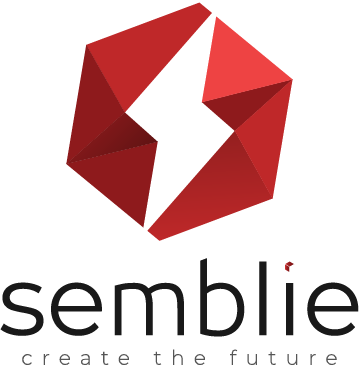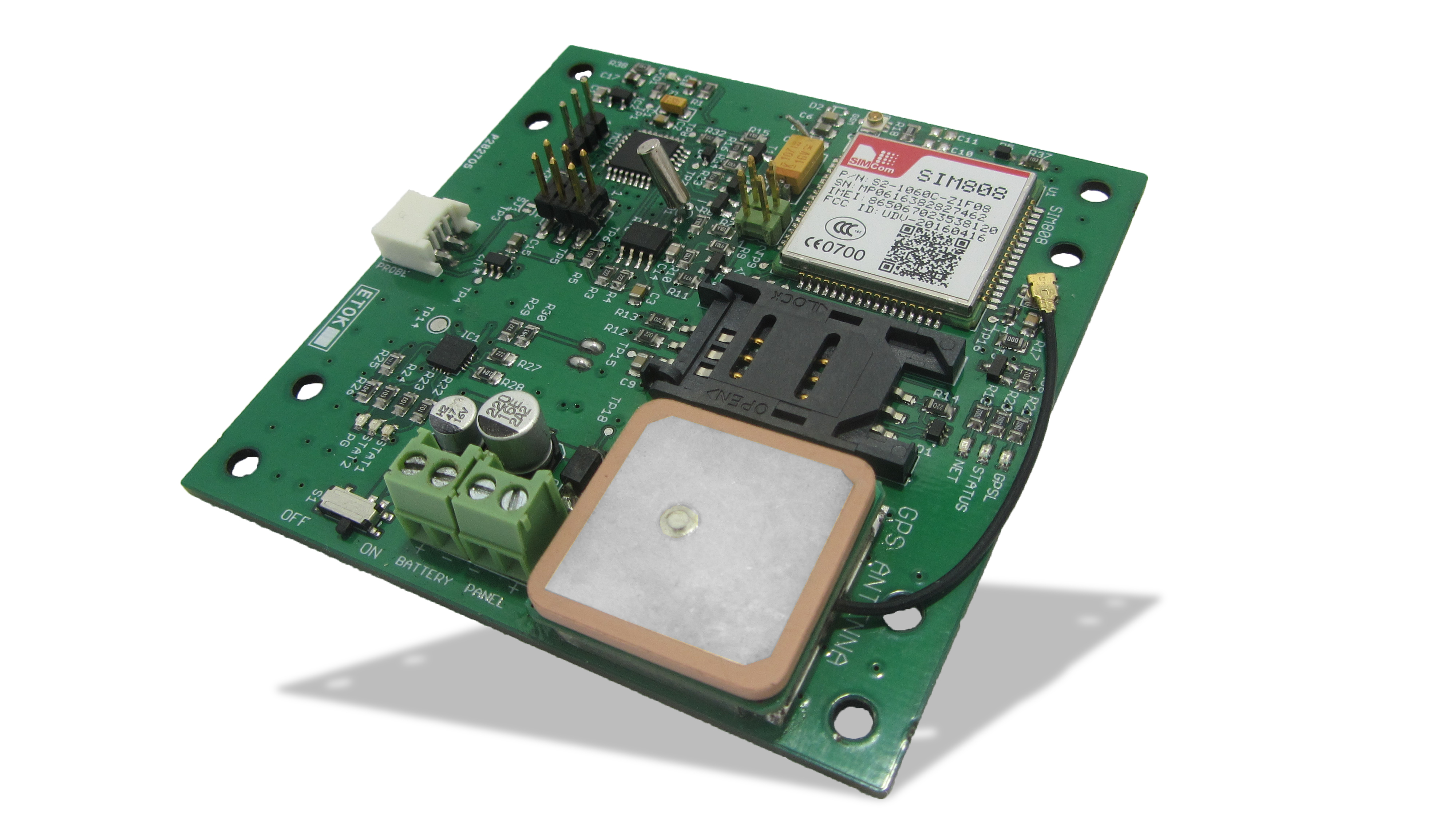SOIL MOISTURE SENSOR
We were tasked by Keedagro to build a custom soil moisture sensor interfaced to Arduino. After the initial prototyping phase we progressed the product development by embedding a GSM communication board. The function of the communication board was to relay data to the product user periodically. As the sensor was battery operated, low power optimization was imperative.
Solution
Hardware
ATmega328P
SIM808 module
Custom-made soild moisture sensor
GPS antenna
GSM/GPRS antenna
Solar panel
Battery powered
SOFTWARE
C programming language
ENCLOSURE
IP65 rating
Custom shape plastic enclosure
TEAM
1 x Embedded Engineers
2 x Embedded Programmers
1 x Enclosure designer
Problem
Across developed markets, large consolidated land holdings and expensive labour make a strong economic case for deploying precision agricultural technologies. With productivity levels amongst the highest in the world, farmers in developed markets are increasingly reliant on precision agriculture to drive down cost.
The potential to deploy similar technologies on farms across emerging markets is vast since yields are low relative to global standards and rural labour costs continue to appreciate steadily. Rising water scarcity in India has been a well-documented subject and current levels of groundwater extraction are unsustainable.
In 2015, Keedagro conducted several feasibility studies across farms in India to assess the viability of precision irrigation products but soon realised that fragmentation in the sector and limited internet connectivity are both hindrances for large scale penetration. Our results supported the development of a low-cost wireless soil moisture sensing prototype.
Solution
The first functional prototype was built within two months and completed by February 2016, a week ahead of schedule. During this phase we participated in weekly conference calls with Semblie, the dialogue was dynamic since they proactively offered suggestions to improve the prototype.
Semblie designed and built a circuit with configurable firmware that was later tested on a farm in India. The results were encouraging and it was inspiring to see our idea come to life in such a short space of time. Our initial tests confirmed the functional efficacy of the prototype but it still required further development work before commercial deployment. We welcomed input from Semblie for further improvements but stated that the next iteration should be viable for commercial trials.
After several consultations about the nature of work to be undertaken for the second iteration, we agreed on a set of milestones and Semblie began development work in April 2016.
The second development phase took longer than the first as Semblie spent time conducting research trials to optimise power consumption and resolution of the sensor. They managed to enhance the accuracy of our sensor by tenfold, a phenomenal result given the time budget we assigned. The power circuitry was optimised to prolong the discharging cycle of the batteries used.
Semblie also redesigned the firmware to make the prototype remotely configurable. The second development phase took approximately three months.
The end result was a trial-ready prototype built with a DFM approach. During this period, Semblie was happy to dynamically iterate according to our evolving commercial and technical requirements. Even after the prototypes were handed over, Semblie provided ongoing assistance to Keedagro to ensure the prototypes had no unknown faults.
Result
The decision to pursue our prototyping project with Semblie was a well-guided one as they delivered beyond our expectations and at critical junctures provided the vital inputs to bridge gaps in our technical understanding at Keedagro. The three-man team comprises complementary skillsets that facilitated accelerate the development work.
Semblie’s commercial awareness is strong – they’ve built a prototype that not only works well but is economically feasible for medium-sized emerging market farmers. Should we expand our product offering, we will look no further than Semblie to lead prototype development.
Currently, we are in the process of conducting commercial trials for our product.
*This is the experience as shared by our client

S



